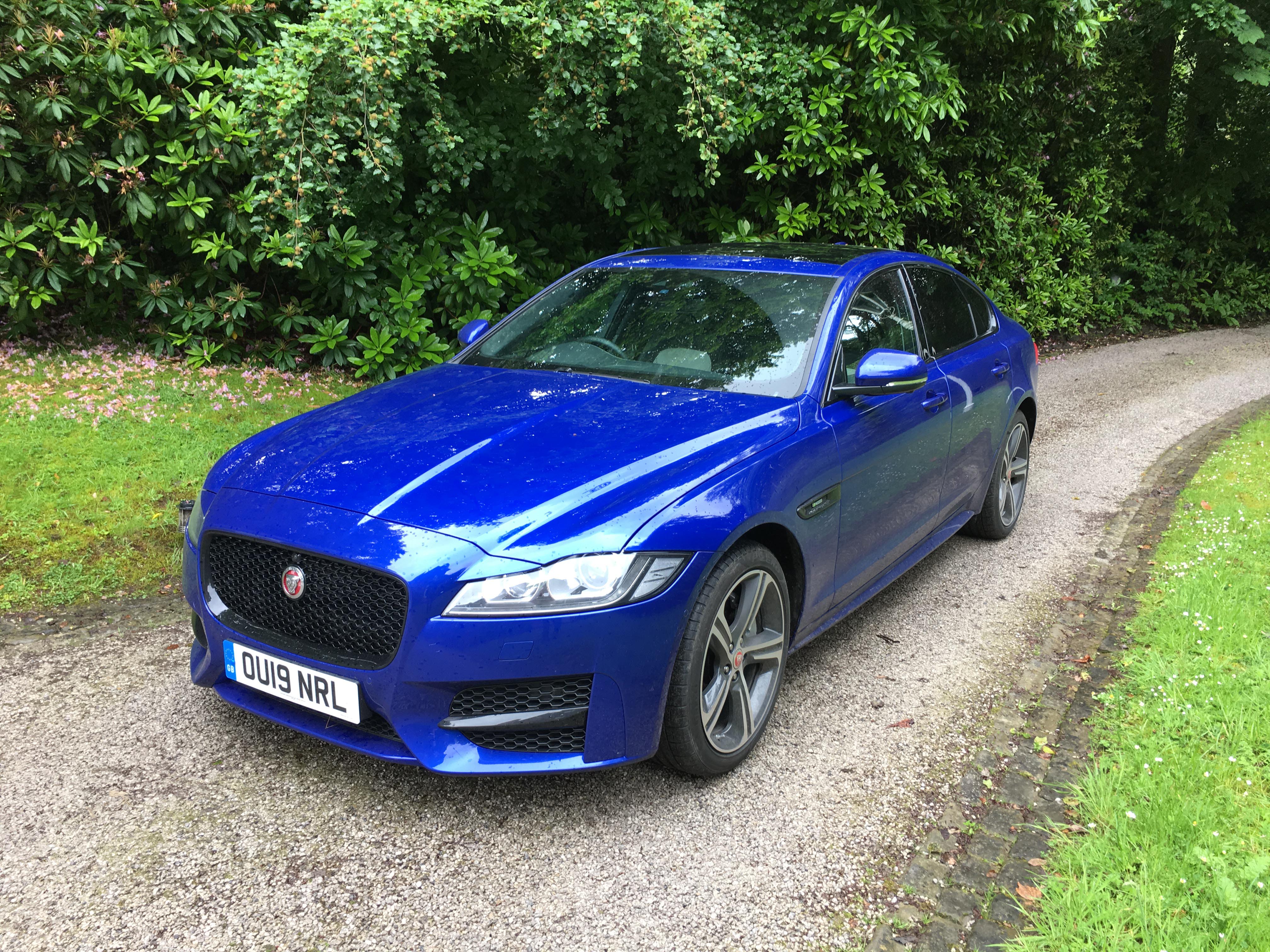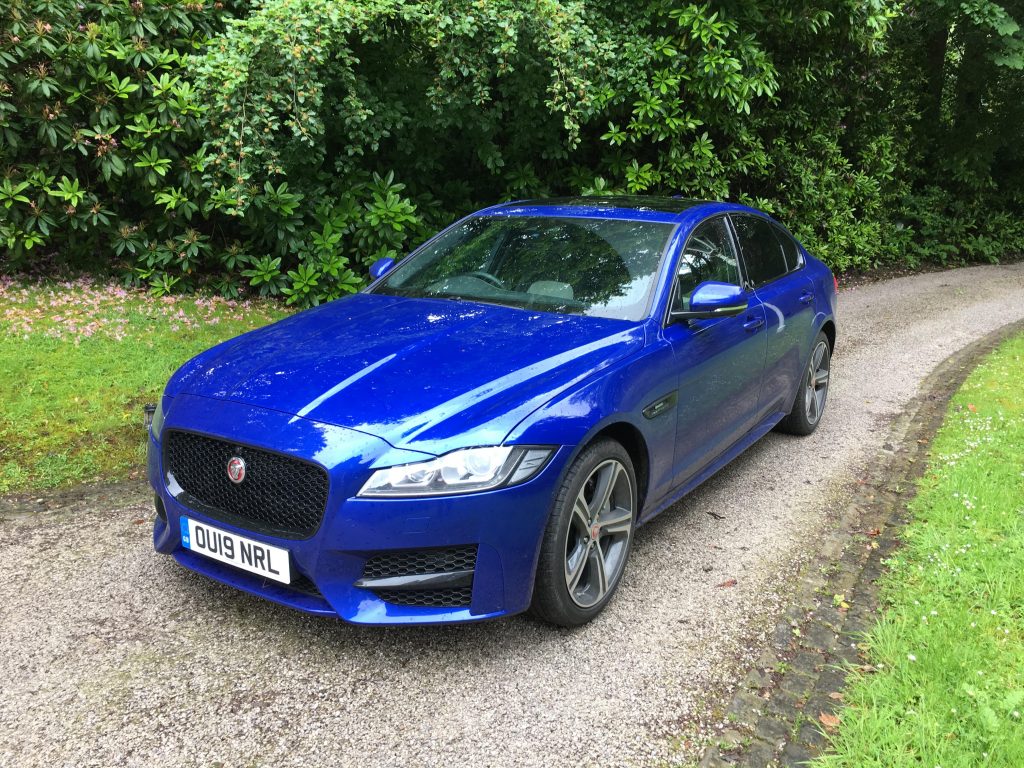

THERE is no doubt that over the years Jaguar has made some incredible cars – the E-Type, XJ6 and XK series being high up on that list.
But they also made a car which was, in a way, much more important to the company and one which gets very little praise.
I am talking about the X-Type, one of Jaguar’s best sellers and, despite the fact that production ceased over a decade ago, a car still seen regularly on our roads today.
The reason for that is not only that the X-Type was a well-made, well-engineered and well tested vehicle but also that Jaguar sold them in numbers that previous models never came near to achieving. Some say it was a car that saved Jaguar.
I must admit to being a fan as I have owned three X-Types over the years, a fabulous (any fabulously thirsty) 3-litle AWD model and later on a couple of diesels, including one of the very last 2.2 auto versions.
So I was really looking forward to my latest test car, the XF R-Sport, which in many ways took up the role to entry level Jaguar ownership vacated by the X-Type coming into production as the X-Type was phased out.
Like my old Jags it is 4×4, has a frugal but punchy diesel engine and is similar, if slightly longer, in size – in other words a proper sporty saloon.
Now the XF range starts from £34,725 with the confusingly-named Prestige version and it has been with us since 2007, during which time there have been a number of revisions and improvements.
The 2019 version is claimed by Jaguar to be ‘all new’ and is predominantly aluminium, sharing underpinnings with its smaller and younger brother the XE. Following its successful launch in 2015 the XE took over that role of the entry level Jaguar so the XF has had a makeover.

Jaguar say it is lighter and leaner, yet bigger inside, and now comes with a range of engines, with four variants of JLR’s 2.0-litre, four-cylinder Ingenium diesel engines and a trio of Ingenium petrols, while the top of the range is dominated by 3.0-litre V6 petrol and diesel engines mainly found in the XF S.
Our test car had the 2-litre, 235bhp turbo diesel engine meaning 0 to 60 in 6.5 seconds and a top speed of 153. MPG figures for this model are up to around 42 and it is priced from £44,835.
In fact the latest XF sits on the XE floorpan and shares much of its aluminium architecture, although the XF is the only one to have a Sportbrake variant. Also the latest XF has lost 190kg from its kerb weight and gained a 28 per cent increase in rigidity and 51mm on the wheelbase plus it has near 50/50 weight distribution to aid handling.
Standard features on the R-Sport include multi drive modes, eight speed auto transmission, auto lights and wipers, heated front seats, DAB radio and sat nav on a 10-inch central touchscreen, cruise control, sports suspension, front and rear parking aids, powered boot lid and an R-Sport body kit including a rear boot spoiler. A cool extra fitted to our car was an interactive driver display which allows you to choose the dials and info shown (£500).
Lower models are rear-wheel drive, although our version had Jaguar’s tried and tested Intelligent All Wheel Drive, a system that sends power to the rear wheels the majority of the time until extra traction is required.
There are four trim levels to choose from for the Jaguar XF – Prestige, Portfolio, R-Sport and S, split in two categories – Luxury and Sport. Entry-level Luxury models, also known as Prestige, get 17in alloy wheels, bi-xenon headlights, leather upholstery, electrically adjustable and heated front seats, rear parking sensors and Jaguar’s InControl Touch infotainment system complete with Jaguar’s standard 80W audio system.
The XF has already proved popular winning sales from drivers who previously would have been looking at German executive saloon models and its latest revamp looks set to keep this big-ish cat purring along nicely.
More info at www.jaguar.com.
By Motoring Editor Steve Howarth








